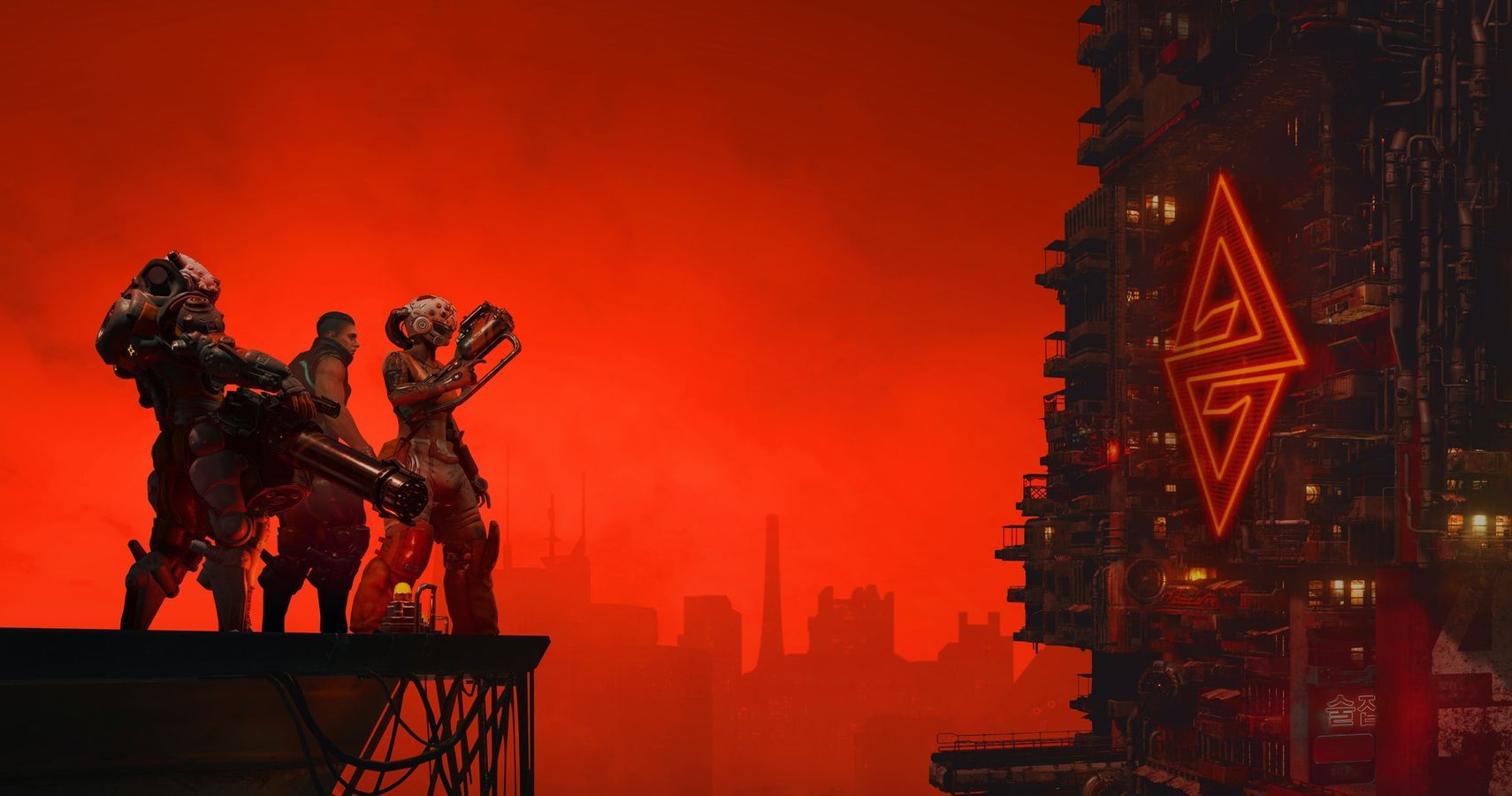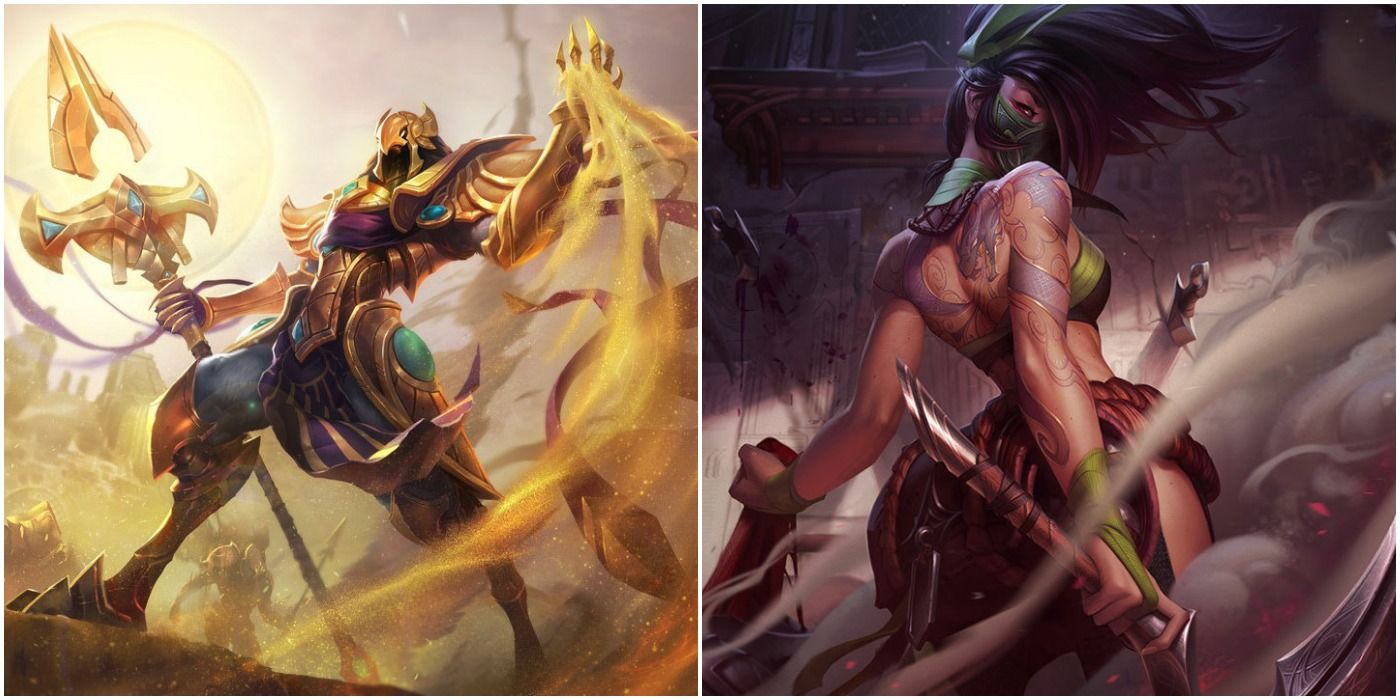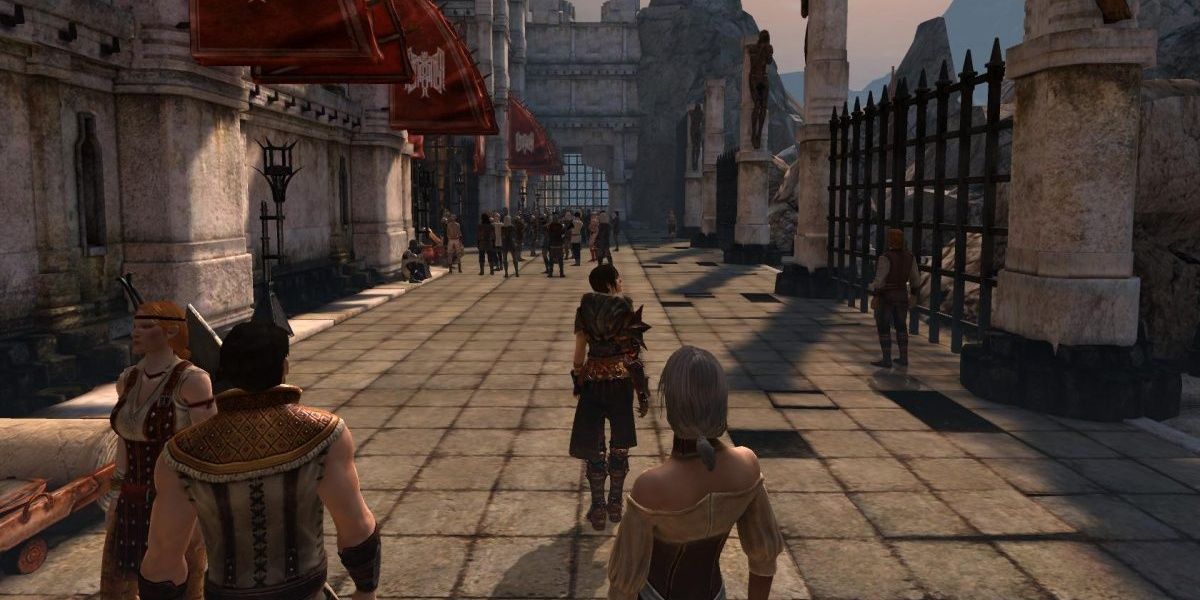
The problem with most RPGs is that they’re a little too big. This might be in terms of runtime, side quest bloat, or just the sheer scale of the map. Games are getting bigger, bigger, bigger, and I’m not sure all that many people want them to. Dragon Age 2, the shortest game in the Dragon Age trilogy, has no such issues, keeping you in the city of Kirkwall for the majority of the story. This might seem like a swing too far in the opposite direction, but Kirkwall is one of gaming’s most fascinating locations – during Dragon Age Week, it deserves to be celebrated.
Dragon Age 2 is not necessarily the shortest game in the series by design. It had the most rushed development of all three games, necessitating the reuse of dungeon assets its detractors still cannot let go of. It’s easy to argue Dragon Age 2 is a poorly designed game. Narratively, it’s brilliant, as all BioWare games prior to Anthem were. But design wise? Just copy and paste hurr hurr hurr. I won’t go to bat for the dungeons – although I will point out it was the result of a rushed launch rather than ‘lazy devs’ – but I can’t stand by and listen to people call the game that gave us Kirkwall badly designed. Not on Dragon Age Week, and not ever.
There is an explanation for the repeated dungeons, though I will admit it’s a cop-out. We aren’t playing Dragon Age 2 as it actually happened, but as Varric interprets it. The storytelling dwarf admits later that all dungeons look the same to him, and that the waves of enemies appearing from nowhere are an exaggeration on his part. Of course, this is a narrative explanation written after the fact as opposed to a deliberate choice, but still – Dragon Age 2 lovers like myself can now rest easily.
Related: Inside The Dragon Age: Origins Multiplayer Game That Never Was
It’s fitting that Varric and his tall tales drive the game forward, because it’s through Kirkwall that this narrative is able to shine. Inquisition has a great story and tells it well, but a lot of time is spent wandering around the Exalted Plains, the Forbidden Oasis, and infamously, the Hinterlands. Dragon Age 2’s movement is much more purposeful. There are caverns to explore and there isn’t too much to interact with in The Bone Pit, but most of your time is spent in the City of Chains. At least The Bone Pit has a dragon – as we revealed yesterday, the series originally wasn’t supposed to have any at all.
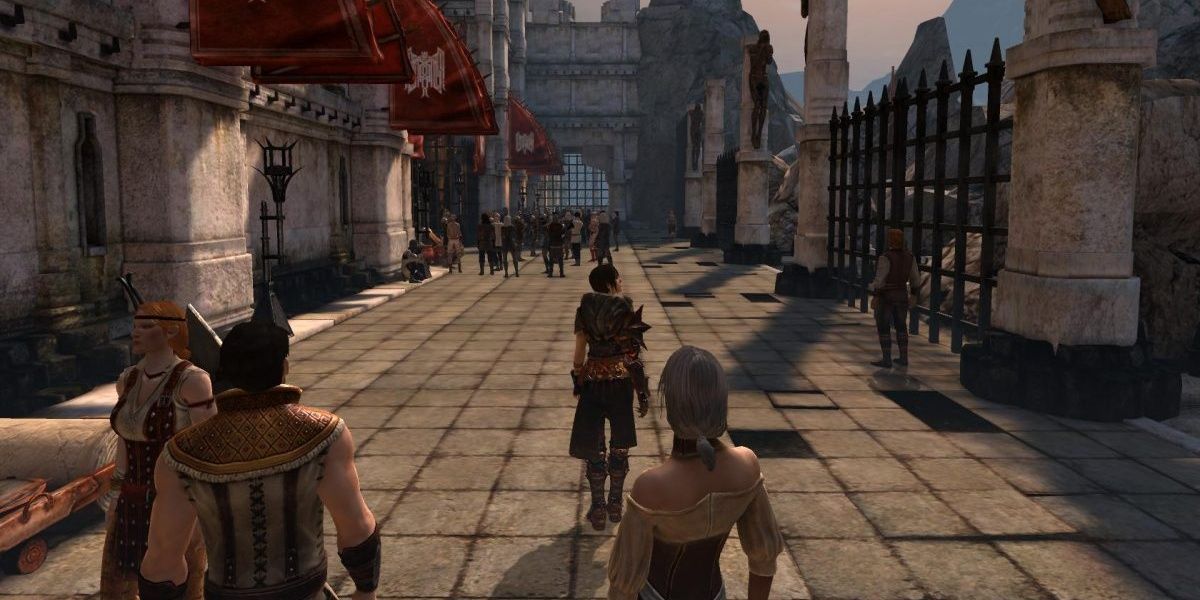
In Kirkwall, everything feels as if it’s been placed under a microscope. You’re pumped around tight, twisting veins of the city to the beat of the story’s heart, in and out of bars and brothels and back-alleys as the narrative commands.
Dragon Age 2 launched just as RPGs were beginning to adopt a ‘more hours = more better’ philosophy, and as a result – repeated dungeons aside – has only gotten better with age. With Dragon Age, you might say. Though through necessity rather than conscious choice, Dragon Age 2 uses Kirkwall as a much more focussed setting. Every footstep leads to mystery or mayhem or murder. There is no space to explore, no room to breathe, but the game doesn’t need any of that. You are constantly in the thick of it, inhaling the smog of storytelling across the game’s 30-hour runtime. It wouldn’t work if the game matched the 50 hours plus that Origins and Inquisition serve up, but then again, it doesn’t have to.
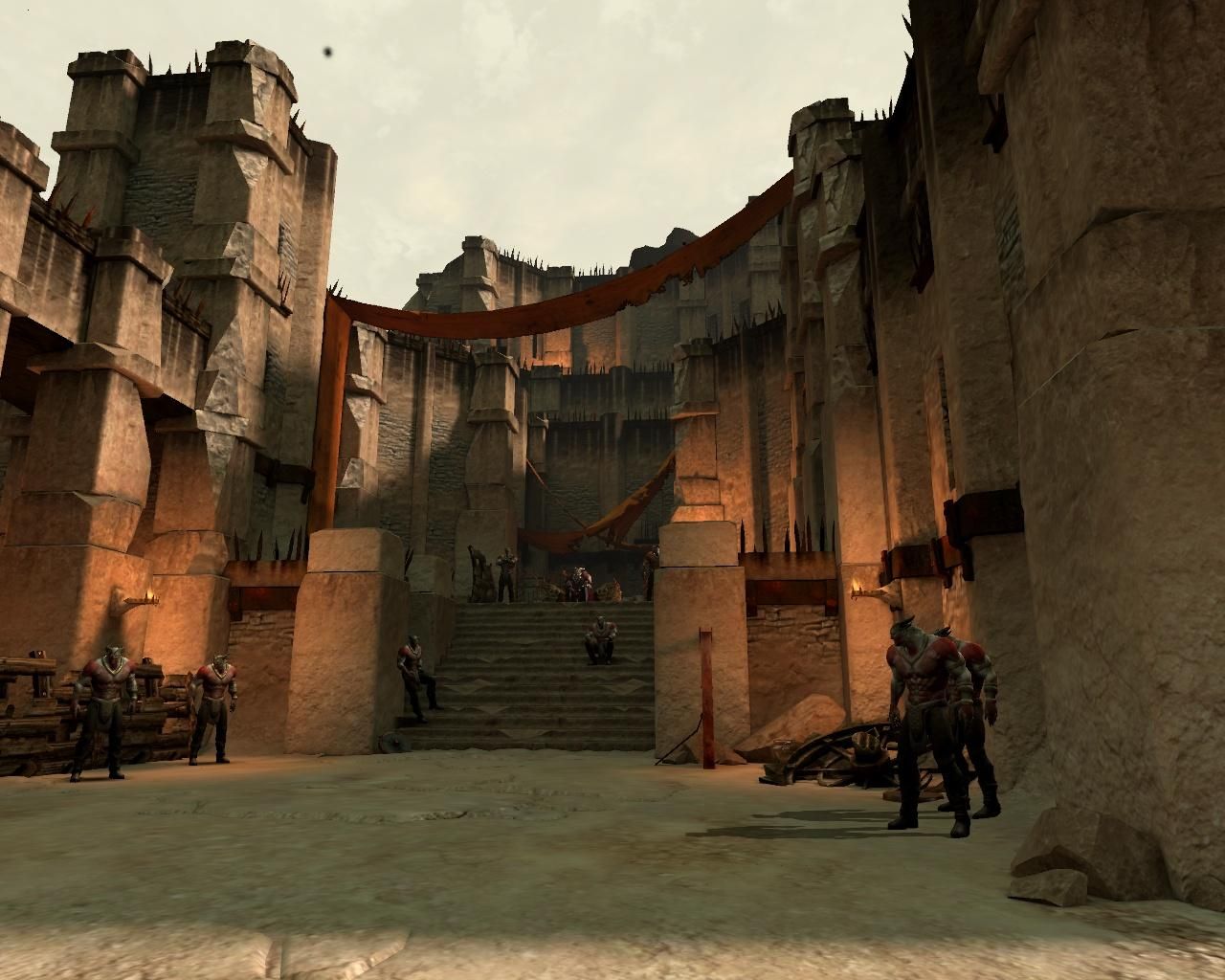
Kirkwall is a fascinating city, with all of its intrigue often ignored because the dungeons and sewers underneath it all look sort of similar. It’s like writing off New York City because the subway stations all look the same. Even these sewers and dungeons have hidden stories to tell – many have tracks, funnels, and reservoirs for blood, owing to the town’s history of blood mage sects. It’s one of the most dichotomous settings in gaming, separated not just by rich and poor, but by Templar and Mage. By human, by elf, by dwarf. By blood magic, by religion, by ideology, by ethos. By big scary Qunari taking up residence in the corner of town and not-so-big-scary-Qunari-taking-up-residence-in-the-corner-of-town. So what if your eventual battle with the Qun is way less cool than it looks in the trailer, with Hawke running a silly yet strategic figure eight around the columns rather than clashing head to head? That's all part of Dragon Age's rustic charm.
Wherever you go in Kirkwall, there's a story to unearth. Sure, it would be better if it changed over time, and if there were more variety underneath it – if this is what BioWare could do under heavy time pressure, imagine what it could do if it deliberately chose a narrow-focussed setting instead of a sprawling terrain. Here's the thing though: we don't need to imagine it. Details on Dragon Age 4 are spotty right now, but it seems as if a lot of the game will take place in Minrathous, a dungeonpunk-style city; for dungeonpunk, think cyberpunk but with dungeon shit instead of computers. Minrathous is similarly dichotomous, and once again will deal with the ominous presence of the Qunari, as well as lots of blood magic themes. Minrathous is ready to stand on Kirkwall's shoulders to achieve greatness. I compared Kirkwall to New York above, but it might be more fitting to call it Detroit. There's a greatness there, but it lurks in the dark. The town is rundown, the glory is fading, its time is at an end. Minrathous is actually closer to New York; it's bigger, it has endured, and as the capital of the Tevinter Imperium, the divide between the haves and have-nots is far greater, the debates around ideology are far sharper, and the city’s influence is far more pronounced.
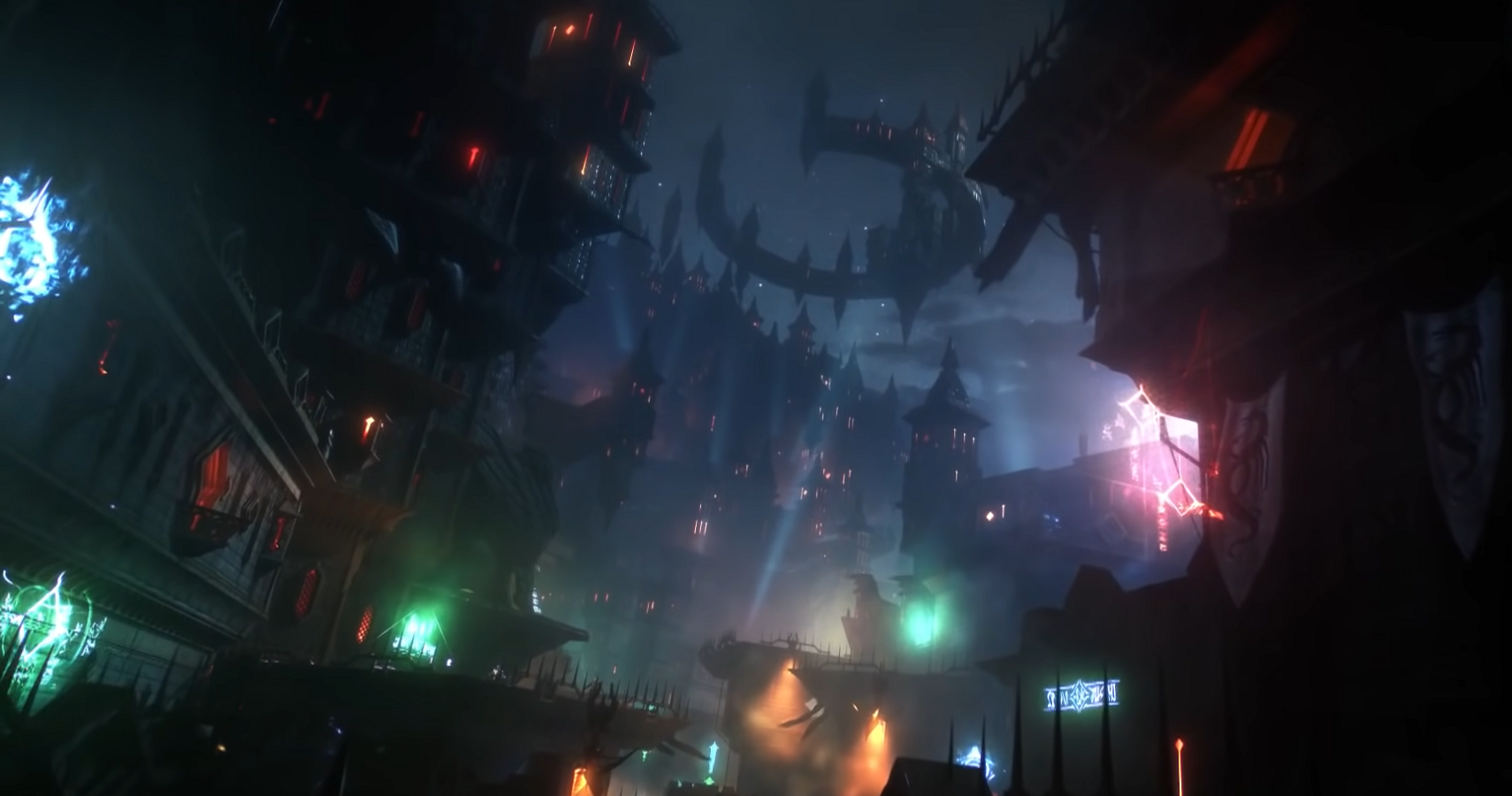
Dragon Age 4 seems like a Dragon Age 2 do-over. I've previously argued it should learn from Dragon Age 2, while our own Cian Maher suggesting instead that it should look to Dragon Age: Origins, the first game in the series. But with Dragon Age 2 still fending off criticism for its design flaws all these years later, it certainly deserves redemption, while BioWare deserves another crack at the single-city storytelling it employed so expertly in Dragon Age 2. Minrathous will probably be better, but until then, the brilliantly flawed Kirkwall remains one of the most fascinating places to explore in video game history.
Next: Meet The Man Behind Dragon Age's Cut Language
